Prefab Trench Assemblies Save Time
- FRP trench drains and sumps offer a much smoother surface than concrete, which promotes better flow velocity and hydraulic performance in general.
- FRP drains are easily customizable to fit complex layouts, and dimensional factors such as width, depth, slope, and profile can be varied much more easily than with cast-in-place concrete systems.
- There are many design options, including double containment, if needed.
- In the rare cases when on-site modification may be required, the nature of FRP enables easy modification.
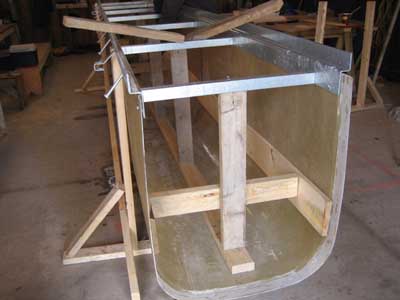
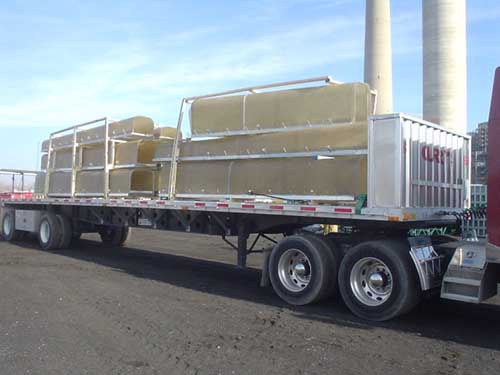
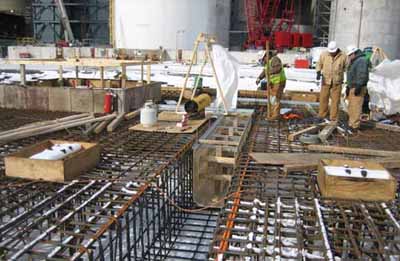
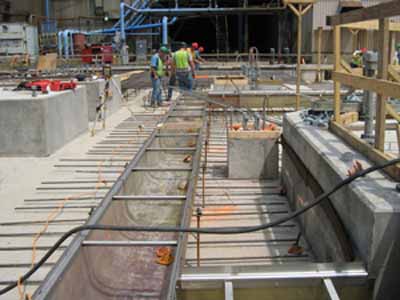
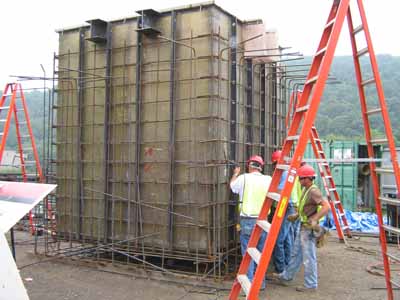
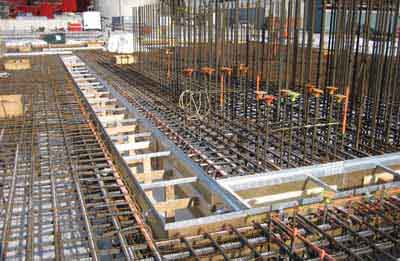
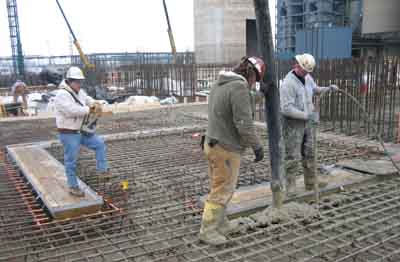
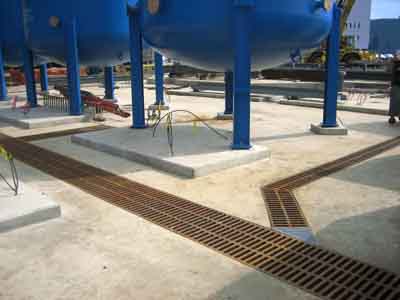




No comments:
Post a Comment